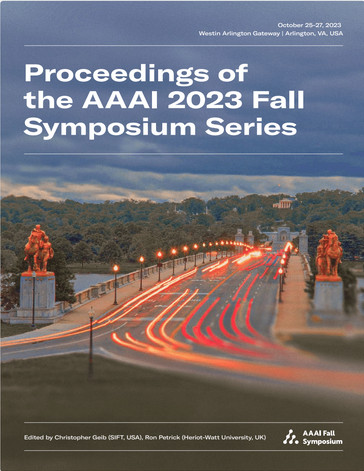Opportunities for Generative Artificial Intelligence to Accelerate Deployment of Human-Supervised Autonomous Robots
DOI:
https://doi.org/10.1609/aaaiss.v2i1.27667Keywords:
Generative Artificial Intelligence, Field Deployment, Human-supervised Robot Teams, Human Agent Integration, Future Of AI-HRI, Blue SkyAbstract
Autonomous robots have the potential to supplement human capabilities while reducing cognitive and physical burden. However, deploying such systems in natural settings is currently a time-consuming process that revolves around a human’s ability to research, design, test, and evaluate the robot – thereby introducing unnecessary bottlenecks and significant delays to technology adoption. The current work in the field of human-robot interaction (HRI) has historically focused on robot use even though humans play a critical role during autonomous system design and deployment. We argue that the scope of HRI must be expanded beyond that of the current views within the scientific community, to include all phases of system development, deployment, and use. Furthermore, to facilitate the pursuit of this new expanded scope, we present eight opportunities for technological advances in HRI and autonomy using Generative AI that, if realized, could have transformational impact on the fielding of human-supervised autonomous robots. Broadly speaking, our identified opportunities relate to interaction and trustworthiness, collaboration and cooperation, robot motion, robot perception, synthetic scenario generation, testing and evaluation, failure detection, and robot design.Downloads
Published
2024-01-22
How to Cite
Gregory, J. M., & Gupta, S. K. (2024). Opportunities for Generative Artificial Intelligence to Accelerate Deployment of Human-Supervised Autonomous Robots. Proceedings of the AAAI Symposium Series, 2(1), 177-181. https://doi.org/10.1609/aaaiss.v2i1.27667
Issue
Section
Artificial Intelligence for Human-Robot Interaction (AI-HRI)

